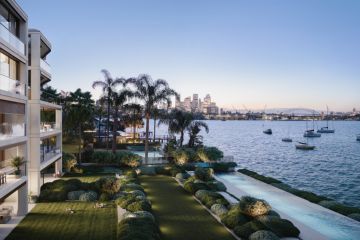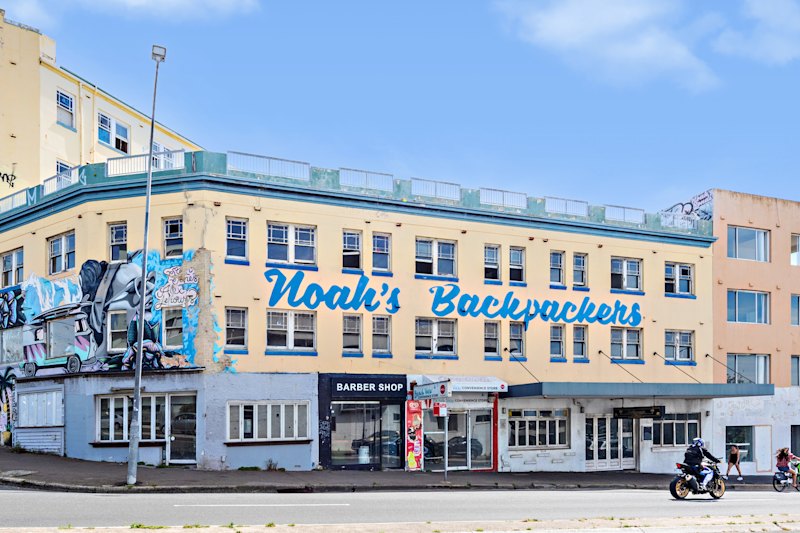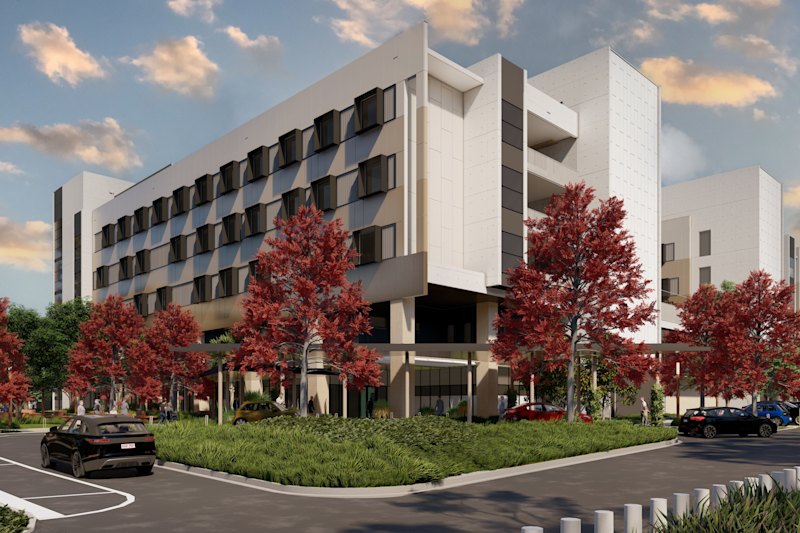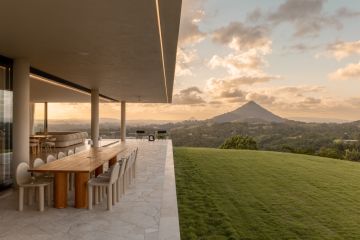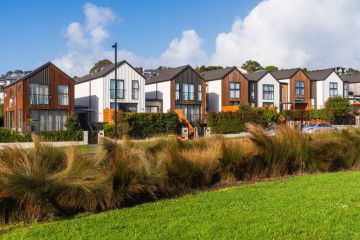Grand old dames best preserved by sticking to style
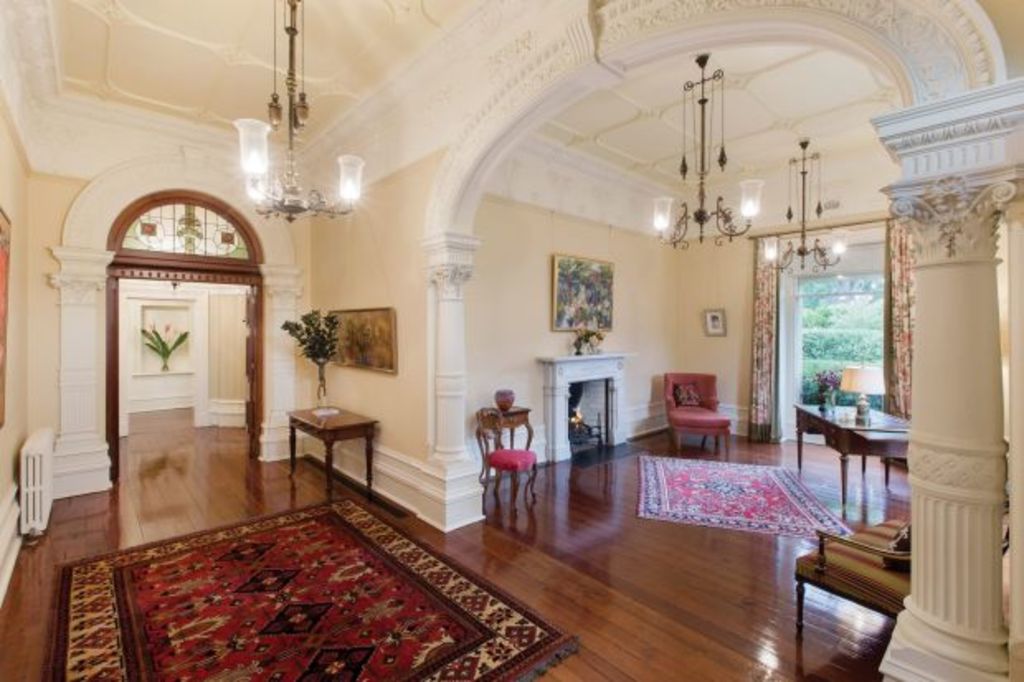
There are plenty of misconceptions about buying a house with significant heritage value. One of the biggest is that a heritage listing negatively affects property values.
“In 2001 Heritage Victoria reviewed a number of studies on the effects of heritage on property values,” the National Trust’s Caitlin Mitropoulos says. “They found that, generally speaking, heritage controls do not affect property values for residential buildings and particularly not for buildings in heritage precincts.”
They’re a responsibility, certainly: if your house is one of about 2200 buildings on the Heritage Victoria register, for example, you will require a permit to undertake works. Much more commonly, however, dwellings are registered at council level through heritage overlays that protect the facade only (the most common type of classification), although the entire building can also be protected. Depending on the level of significance of the property, the classifications can overlap and intersect (on which note, it’s important to note that the National Trust’s heritage register does not carry statutory power or impose legal obligations).
It’s not only Victorian gems that attract the interest of conservators. Heritage value comes in all shapes, sizes and eras: Heritage Victoria listings straddle 150 years of built history, from homes and businesses of the earliest settlers up to jewels of the modernist period and beyond, including Templestowe’s Solar House, built in 1979 as an exemplar of energy conservation.
The first rule for owners, therefore, is caveat emptor. Be aware of any overlays before putting your hand up at auction. And afterwards?
“Proper maintenance is crucial,” architect Arthur Andronas, of Andronas Conservation Architecture, says. “It’s not necessarily going to be much more expensive [than doing works on a non-heritage house] but it does require you to go more carefully. If you do have to replace anything, the question is what do you replace it with? You have to look at what’s identified in the heritage scheme. The basic tenet is like with like, although it can be difficult to achieve.”
Real estate agent Tim Brown, of Castran Gilbert, says he finds some heritage controls meaningless. “I had one listed place in South Yarra where the house was falling to its knees and everything that had character had been stripped out of it. Sometimes you just think, ‘I can’t see anyone paying the land value then doing it up,'” he says. “For the most part heritage controls are a good thing but there is a point where it doesn’t stack up.”
Andronas, however, says even in the case of a severely rundown property it’s important to think about why the building was registered in the first place: “You really are the custodian as such.” Nor does it preclude bringing a building up to a modern level of comfort. “Achieving modern energy ratings might be difficult in a weatherboard house, [but] otherwise there’s lots that can be done.”
His main bugbear is when people “falsify the history of a place and end up turning it into Disneyland. Really old places shouldn’t be tarted up like old dames”. He mentions crimes such as adding broad Victorian cornices to an earlier dwelling. Additions are more respectful to a heritage building by being built in a modern style that’s easily defined from the original building.
“There is a common misconception that a heritage listing prevents progress and condemns a property to the past,” Mitropoulos says. “But in reality, as long as the proposed work is sympathetic to the place’s heritage values, a heritage listing doesn’t prevent additions and alterations to bring historic buildings up to current standards.”
Where to start
- Check if the house you’re interested in has a heritage overlay, from the highest level (Heritage Victoria) to council overlays that protect the property’s facade only.
- Hire a professional – a conservation architect and specialist tradespeople will save money in the long run. Heritage Victoria has a comprehensive “consultants and contractors” directory, and councils often have heritage advisers. Another good source of information is Rare Trades Australia.
- The general rule when renovating a listed property is to replace “like with like”, although this won’t always be possible.
- Proper maintenance is crucial. A truism for any dwelling, it is doubly so for heritage buildings. Funding for conservation works is offered by some councils, as well as Victoria’s Heritage Restoration Fund.

Living legacy
Living in a home with the historical and architectural significance of d’Estaville isn’t lost on its current owners. “We’re really more the custodians,” Stuart Anderson says of the landmark 1859 bluestone built for Sir William Stawell, Victoria’s first attorney-general and later chief justice of the colony.
The only domestic dwelling completed by Knight & Kerr, the architects best known for Victoria’s Parliament House, the gothic revival building is classified by both the National Trust and Heritage Victoria. Anderson, a QC, and his paediatrician wife Bronwyn bought d’Estaville in 2004 when renovations started by the previous owner were semi-complete.
“We’d owned period houses before but nothing of the scale of this one,” Stuart says. The pair were only partly responsible for the renovation, he says, although “the house was pretty much unpresentable”, with floors half-finished and the roof leaking. Their greatest legacy, however, is the 2550-square metre Rick Eckersley-designed garden complete with pool, orchard and vegie garden.
“The best part of owning this home is the way the house and garden connect,” Stuart says. “It’s only five kilometres from the city but it feels like living in the country. It’s a little oasis.”
Cover property

7 Barry Street, Kew
$11 million-plus
Classified by Heritage Victoria and the National Trust, d’Estaville is the architecturally and historically significant jewel in the Studley Park crown. Completed in 1859, the landmark bluestone mansion is a wonderful example of the Gothic Revival style (often compared to East Melbourne’s Bishopscourt) that capitalises on its northern orientation with a huge Rick Eckersley-designed garden set over 2557 square metres. Elegantly restored to its former glory with all the mod cons (including reverse cycle airconditioning, hydronic heating, security system and remote gates) the light-filled two-storey residence has ornate period styling across its formal entry and extensive living areas, five bedrooms, three bathrooms, billiards room, a rumpus/games room and a teenage retreat, gymnasium and a sizeable al fresco area featuring a solar-heated pool.
Expressions of interest closing at 5pm on May 2.
Marshall White, James Tostevin 0417 003 333
Or try these…

5 Yarra Street, Hawthorn
$4.85 million
A grand, solid brick Victorian set over three levels with three bedrooms and two bathrooms, this residence features a stunning modern renovation at the rear as well as period detail including intricate cornices, ceiling roses and high ceilings.
Private saleCastran Gilbert, Tim Brown 0417 766 778

4 Ardene Court, Hawthorn
$3 million-plus
Dating from 1864 and recently renovated, richly decorative Montpelier features iron lacework and a return verandah, bay windows and an internal courtyard surrounded by five double bedrooms.
Auction on Saturday, April 16
Jellis Craig, Peter Vigano 0407 301 224

153-155 Hotham Street, East Melbourne
$4.1 million
One of East Melbourne’s earliest residences, renovated by former premier and architect Ted Baillieu, the double-storey, double-fronted property features a modern wing that complements the original 1860 dwelling.
Private sale
Kay & Burton, Monique Depierre 0407 881 327
We recommend
States
Capital Cities
Capital Cities - Rentals
Popular Areas
Allhomes
More
